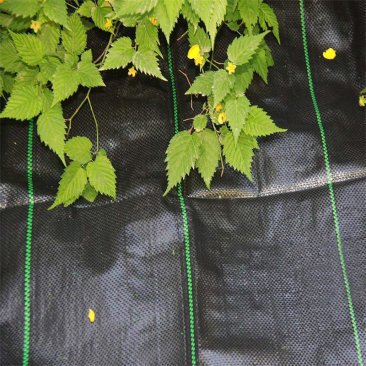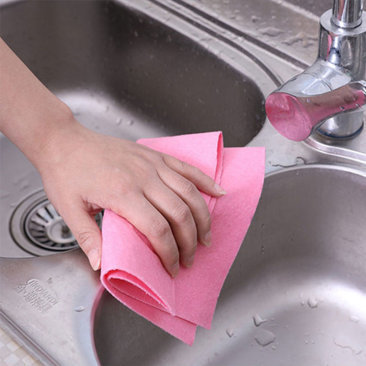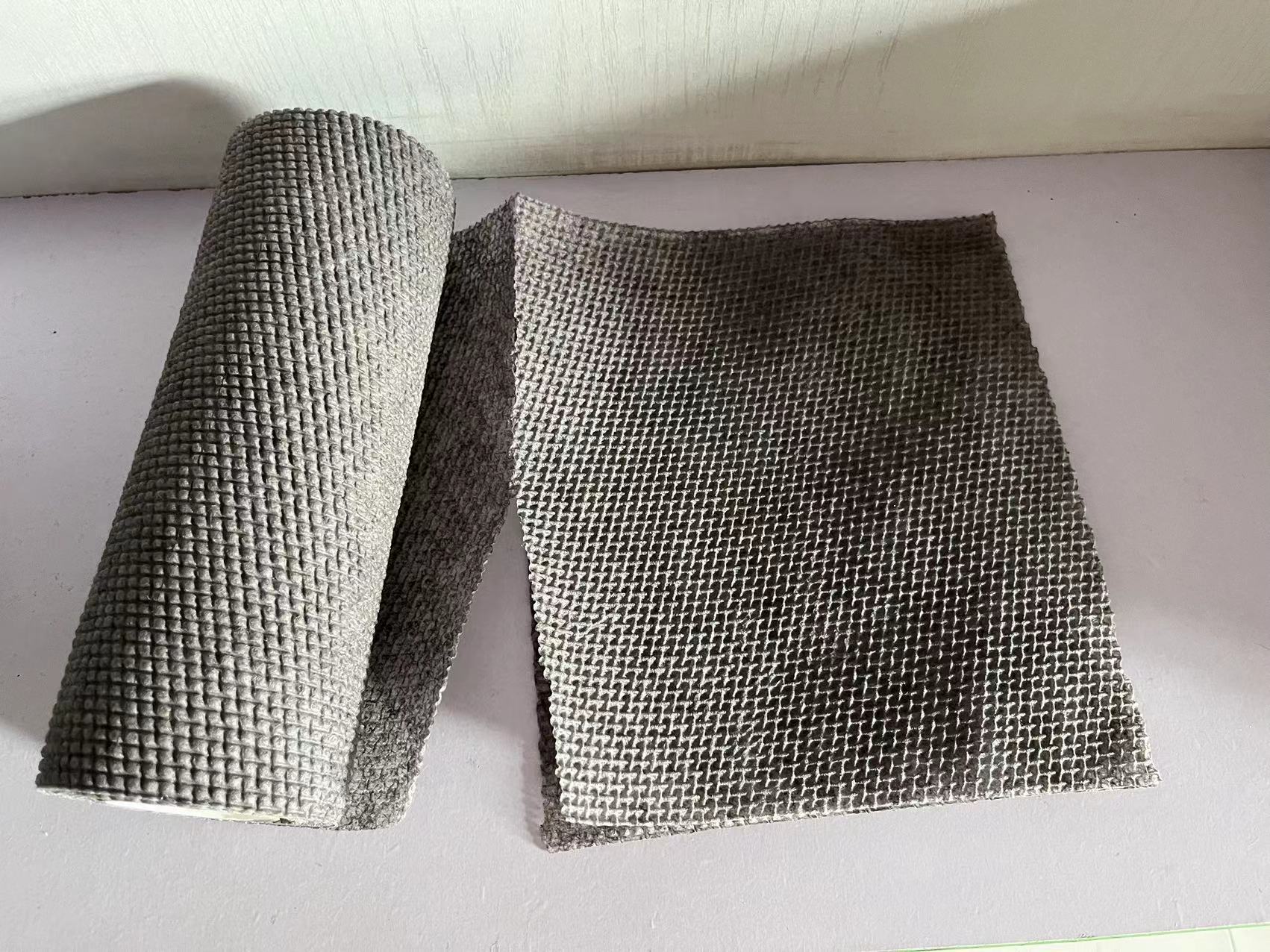12
2025
-
05
Top 10 Innovative Applications of Polypropylene Nonwoven Fabric You Didn't Know About
Top 10 Innovative Applications of Polypropylene Nonwoven Fabric You Didn't Know About Polypropylene nonwoven fabric has emerged as a game-changing material in various industries due to its unique properties, including lightweight construction, durability, and versatility. While many people associate this fabric with disposable products like masks and filters, its applications extend far beyond the
Top 10 Innovative Applications of Polypropylene Nonwoven Fabric You Didn't Know About
Polypropylene nonwoven fabric has emerged as a game-changing material in various industries due to its unique properties, including lightweight construction, durability, and versatility. While many people associate this fabric with disposable products like masks and filters, its applications extend far beyond these common uses. In this article, we will explore the **top 10 applications of polypropylene nonwoven fabric** that you might not have known about, revealing its transformative impact across diverse sectors.
Table of Contents
1. Introduction to Polypropylene Nonwoven Fabric
2. The Unique Properties of Polypropylene Nonwoven Fabric
3. Application #1: Medical Textiles and Healthcare Products
4. Application #2: Sustainable Packaging Solutions
5. Application #3: Agricultural Fabrics
6. Application #4: Filtration Media
7. Application #5: Home Furnishings and Upholstery
8. Application #6: Automotive and Transportation Components
9. Application #7: Construction and Geotextiles
10. Application #8: Hygiene and Personal Care Products
11. Application #9: Fashion and Accessories
12. Application #10: Industrial and Protective Clothing
13. Conclusion: The Future of Polypropylene Nonwoven Fabric
14. FAQs
1. Introduction to Polypropylene Nonwoven Fabric
Polypropylene nonwoven fabric is a type of fabric made from polypropylene fibers, offering a wide range of functionalities and benefits. Unlike traditional woven or knitted fabrics, nonwovens are made by bonding fibers together through mechanical, thermal, or chemical processes. This innovative manufacturing method allows for a variety of textures, densities, and strengths, making polypropylene nonwoven fabric suitable for numerous applications.
2. The Unique Properties of Polypropylene Nonwoven Fabric
Polypropylene nonwoven fabric possesses several distinctive properties, such as:
- **Durability**: Its robust nature makes it resistant to wear and tear, extending its lifespan in various applications.
- **Lightweight**: The fabric is significantly lighter than traditional textiles, making it ideal for products that require minimal weight without sacrificing performance.
- **Breathability**: The nonwoven structure allows for air and moisture permeability, which is essential in applications like medical textiles.
- **Cost-Effectiveness**: The manufacturing process is typically less expensive than woven fabrics, making it an appealing option for mass production.
3. Application #1: Medical Textiles and Healthcare Products
One of the most prominent applications of polypropylene nonwoven fabric is in the **medical field**. This fabric is extensively used for surgical gowns, masks, and drapes, providing a barrier against contamination. Its breathability and comfort are crucial for healthcare workers who require protection without sacrificing mobility. Additionally, disposable nonwoven products help minimize the risk of hospital-acquired infections, enhancing patient safety.
4. Application #2: Sustainable Packaging Solutions
In recent years, sustainability has become a focal point across various industries. **Polypropylene nonwoven fabric** is increasingly being utilized in eco-friendly packaging solutions. Its reusable and recyclable properties make it an attractive alternative to traditional plastic packaging. Nonwoven bags, for instance, have gained popularity for shopping and promotional events, reducing plastic waste while promoting environmentally conscious practices.
5. Application #3: Agricultural Fabrics
Agriculture is another sector where polypropylene nonwoven fabric has found significant use. **Agricultural fabrics**, such as crop covers and weed control mats, help farmers enhance their yields while reducing resource consumption. These fabrics allow for optimal moisture retention and temperature regulation, creating a suitable environment for plant growth. Furthermore, they are lightweight and easy to handle, making them a practical choice for farmers.
6. Application #4: Filtration Media
The filtration industry has greatly benefited from polypropylene nonwoven fabric. Its fine fiber structure enables excellent particle retention, making it suitable for air, water, and oil filtration systems. **Nonwoven filtration media** are used in various applications, including HVAC systems, automotive filters, and industrial processes, ensuring cleaner air and water while maintaining high flow rates.
7. Application #5: Home Furnishings and Upholstery
In the realm of **home furnishings**, polypropylene nonwoven fabric is gaining traction as a preferred material for upholstery, cushions, and drapery. Its durability and easy maintenance make it an excellent choice for high-traffic areas. Additionally, the fabric's ability to resist stains and fading contributes to its long-lasting appeal in home decor.
8. Application #6: Automotive and Transportation Components
The automotive industry has recognized the benefits of polypropylene nonwoven fabric in various applications. It is utilized in **interior components**, including headliners, carpets, and door panels, providing lightweight and durable options that meet strict performance requirements. Its sound-absorbing qualities enhance passenger comfort, while being cost-effective for manufacturers.
9. Application #7: Construction and Geotextiles
Polypropylene nonwoven fabric is also employed in the construction industry, specifically as **geotextiles**. These fabrics help with soil stabilization, erosion control, and drainage. Their porous nature allows water to pass through while preventing soil migration, making them invaluable for construction projects that require reliable ground support.
10. Application #8: Hygiene and Personal Care Products
In the hygiene sector, polypropylene nonwoven fabric is extensively used in products such as diapers, feminine hygiene products, and adult incontinence items. Its soft, breathable, and absorbent properties make it ideal for **personal care** applications, ensuring comfort and effectiveness for users. The fabric also plays a vital role in ensuring products are lightweight and disposable, enhancing user convenience.
11. Application #9: Fashion and Accessories
The fashion industry is exploring new ways to incorporate polypropylene nonwoven fabric into **clothing and accessories**. Designers are leveraging its versatility and unique aesthetics to create innovative garments and fashion items. This trend not only promotes sustainability but also opens up new avenues for creative expression within the fashion world.
12. Application #10: Industrial and Protective Clothing
Polypropylene nonwoven fabric is integral to the production of **industrial and protective clothing**. Its durability and ability to repel moisture make it an ideal choice for workwear in various sectors, including construction and manufacturing. The fabric provides protection against contaminants while ensuring comfort for workers in challenging environments.
13. Conclusion: The Future of Polypropylene Nonwoven Fabric
Polypropylene nonwoven fabric has proven to be a versatile and innovative material across numerous applications. Its unique properties, including durability, lightweight construction, and sustainability, make it a preferred choice for many industries. As we continue to explore and develop this fabric further, we can expect to see even more groundbreaking applications in the future, contributing to a more sustainable and efficient world.
14. FAQs
1. What is polypropylene nonwoven fabric made from?
Polypropylene nonwoven fabric is made from polypropylene fibers that are bonded together through mechanical, thermal, or chemical processes.
2. What are the benefits of using polypropylene nonwoven fabric?
The benefits include durability, lightweight construction, breathability, cost-effectiveness, and versatility in various applications.
3. Is polypropylene nonwoven fabric environmentally friendly?
Yes, polypropylene nonwoven fabric can be recycled and reused, making it an environmentally friendly choice compared to traditional plastics.
4. How is polypropylene nonwoven fabric used in medical applications?
It is used for surgical gowns, masks, and drapes, providing a barrier against contamination while ensuring comfort for healthcare workers.
5. Can polypropylene nonwoven fabric be used in fashion and accessories?
Absolutely! Designers are increasingly using polypropylene nonwoven fabric to create innovative and sustainable fashion items.
In summary, polypropylene nonwoven fabric is a remarkable material with a wide array of applications that extend into various industries, showcasing its versatility and value in today's market.
nonwoven fabric polypropylene












